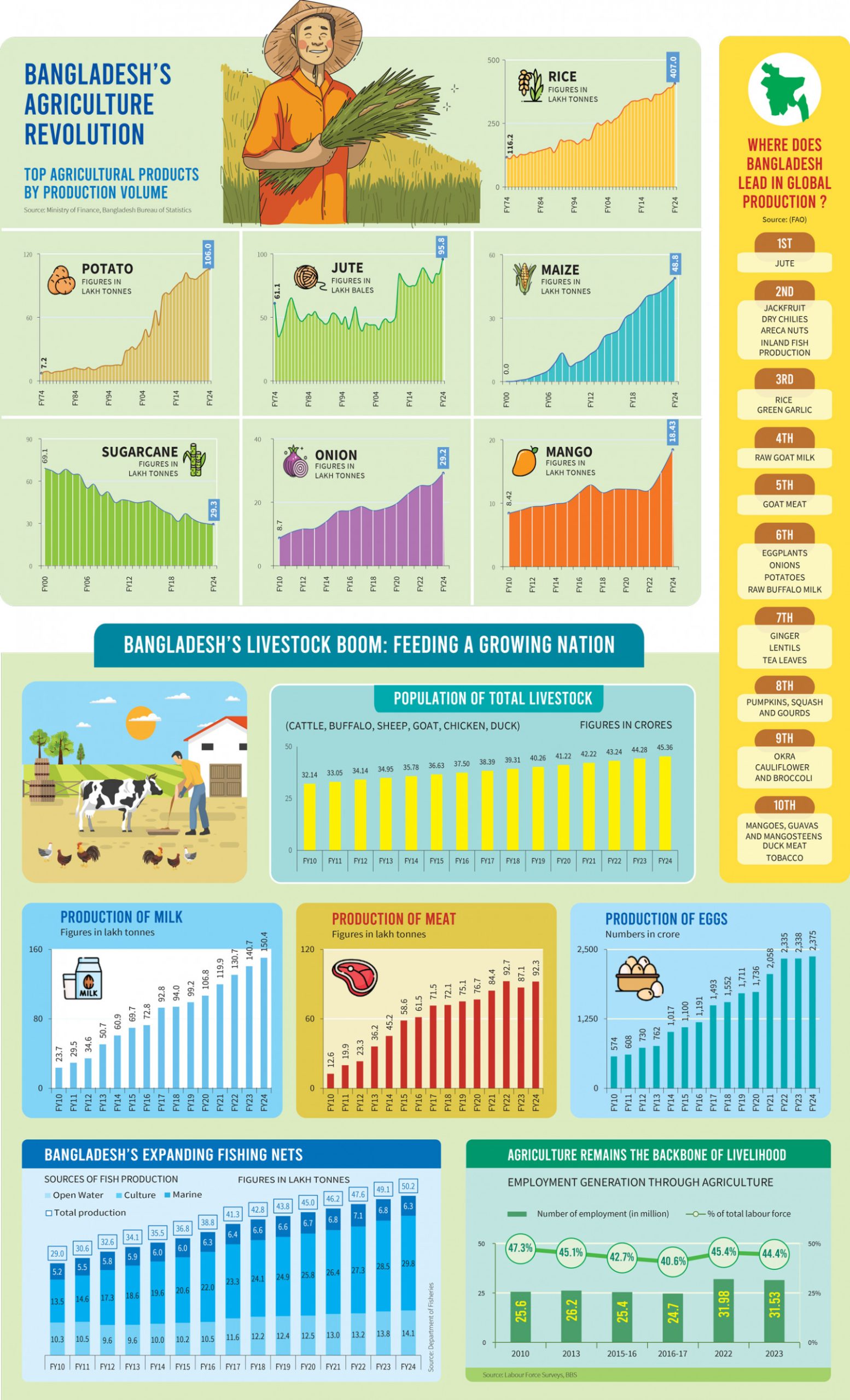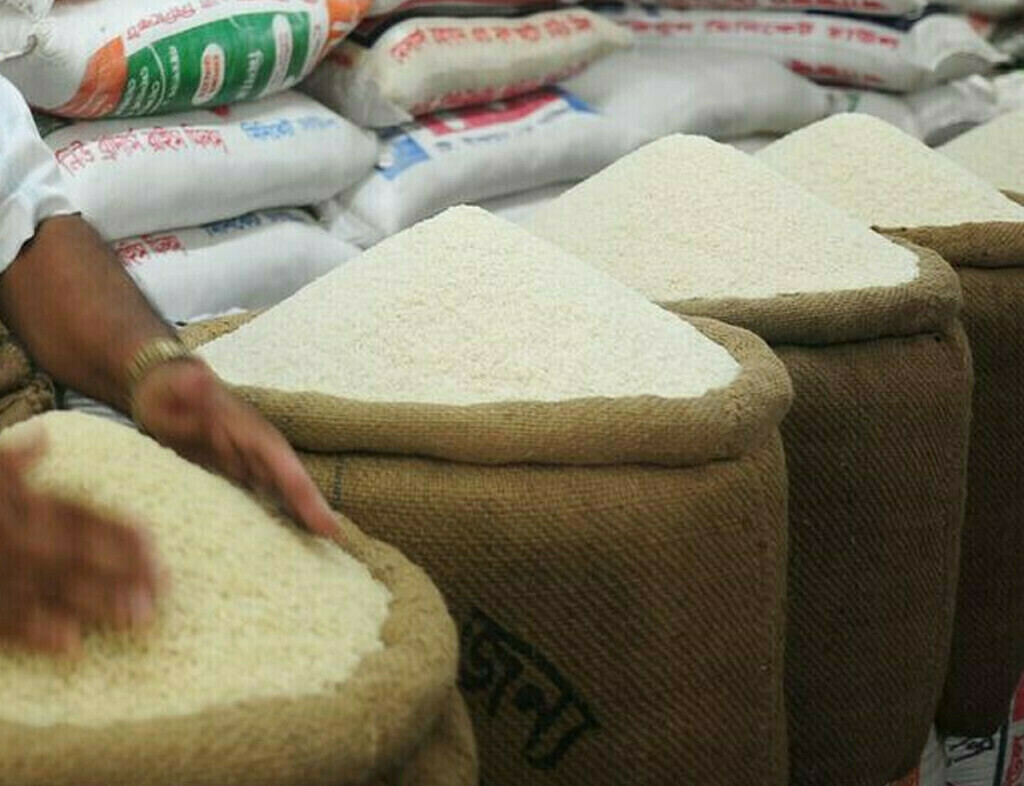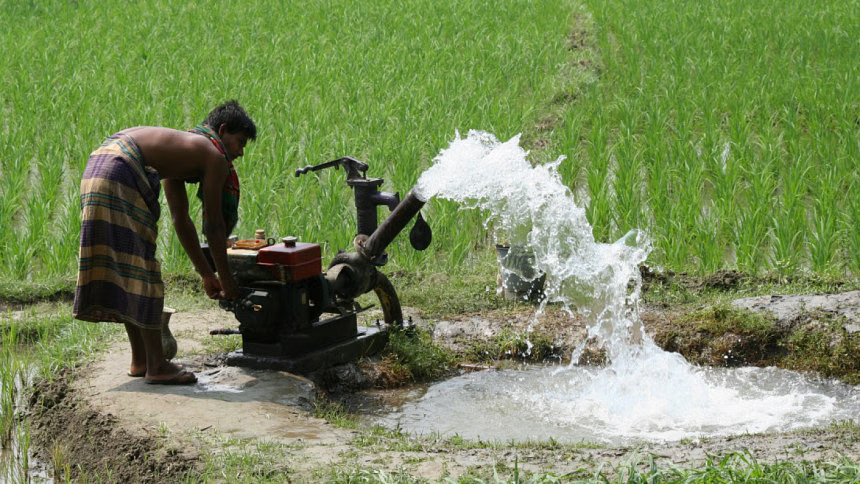Tags
How Wild Rice Forecasts Climate Change
Manoomin, a crop vital to the Indigenous peoples of the Upper Midwest, has been threatened in recent years. But careful stewardship is helping to bring it back.

Manoomin, the “good berry,” as wild rice is known in Anishinaabemowin, an Indigenous language also known as Ojibwe.
Dwayne Jarman is often tinkering with the wild rice machines in his garage in this tree-lined suburb of Detroit. He has threshers to crack the hulls and winnowers to blow the chaff. He smiles and flips the switch. It’s time to process last summer’s harvest from his Anishinaabe homeland near Traverse City in Northern Michigan.
“I want to do the rice all year round because I’m trying to reconnect to the things that matter,” said Mr. Jarman, a veterinarian. When he’s not working his day job, he harvests hundreds of pounds of rice, which he shares with friends and family. For him, harvesting and processing the rice is not only a labor of love, but also a preservation of an Indigenous food under constant environmental stress.
Climate change and human impact have significantly depleted the natural abundance of manoomin, the “good berry” as wild rice is known in Anishinaabemowin, an Indigenous language also known as Ojibwe, and protecting it is synonymous with preserving cultural identity.
Wild rice is sacred and central to the creation story of the Anishinaabeg, a vast cultural and linguistic collective that includes the Ojibwe, Odawa and Potawatomi. Under an ancient prophecy known as the Seven Fires, the ancestors left their Atlantic Coast homeland and migrated westward to the “land where food grows on water.”
That place is now known as the Great Lakes region of the Upper Midwest and Central Canada, where manoomin grows in low-lying lakes and meandering streams.
Manoomin, an aquatic grass, is particularly susceptible to deforestation, rising temperatures and extreme weather events.
Editors’ Picks
This Easy Pasta Doubles Up on EggsWhen Families Fight Over a Relative With Dementia, It’s Time to Call in the MediatorGayle King Ate a Burger Before Her Sports Illustrated Swimsuit Shoot
Manoomin seeds incubate in cold, muddy bottoms in the fall and winter and begin to germinate when water temperatures reach 45 degrees in the spring. The plant needs at least a foot of fresh, moving water for the stalks to grow.

Unlike commercially grown wild rice, which is bred for growth in planned environments and ripens simultaneously so that it can be harvested by a mechanical combine in a single pass, manoomin is harvested by ricers in canoes. One person stands and propels the boat (the “poler”), and the other collects rice into the bed with sticks (the “knocker”). Canoes can’t float in mud.
David Wise, a 56-year-old Ojibwe rancher and lifelong ricer, has seen drastic changes in water levels near his home on the Fond du Lac reservation in Minnesota. When a lake in the ceded territory sank so low that canoes were getting stuck, tribal ricers had to build a 50-yard boardwalk.
“The rice is the canary in the coal mine,” said Mr. Wise, referring to the plant’s sensitivity to ecological changes. “You can tell a lot about the year when you look out on the lake.”
Myron Burns Sr., who is known as Burnsie, is an 86-year-old elder at Bad River reservation in Wisconsin, where a nearby oil pipeline worries residents. He describes muskrats, which are herbivorous, as caretakers of the rice beds. “You plant a garden and don’t take the weeds out of it, the weeds will overcome your fruit,” Mr. Burns said.
Several years ago at Bad River, when outsider overtrapping of muskrats left no natural control for cattails and pickerelweed plants, the manoomin stalks suffered. After the muskrat population was reintroduced in subsequent years, mammalian horticulture returned. “The muskrats started coming back, and the rice is coming back,” Mr. Burns said.
Threats to wild manoomin have spurred restoration movements in Indigenous nations, and legal and educational institutions have stepped in to help. The White Earth Nation has sought to enforce the “rights of manoomin” under several historic treaties, and a number of Indigenous bands have partnered with universities for research and data collection. As Karen Diver, the senior adviser to the president of the University of Minnesota for Native American affairs, explained, “researchers are impacted and informed not just by science, but by understanding the cultural values of the tribe.”
Those values start at the tribal level. Manoomin is more than sustenance: It is a sacrament of Indigenous connection and an assertion of identity. Tina Frankenberger, who sits on the tribal council of the Grand Traverse Band, first started ricing in 2016, and is helping others to follow suit.
“It is important for people that do not have that relationship yet to realize how important this is to us Anishinaabe,” she said. “I believe that this is a way of laying down a pathway to bringing home people who are lost.”
https://www.nytimes.com/2024/05/15/dining/wild-rice-climate-change.htmlPublished Date: May 15, 2024






